In a world as diverse and colorful as ours, clothing does more than just serve a basic need. It’s a form of self-expression, a canvas upon which we paint our identities, cultures, and moods. With fashion being as dynamic as the people who embrace it, various clothing styles have emerged over time, each with its own unique characteristics and fan base. From the timeless elegance of classic style to the expressive narratives of streetwear, this blog post explores the multifaceted world of fashion, delving into seven distinct clothing styles that have marked their presence in the sartorial landscape.
The Timeless Elegance of Classic Style
The essence of classic style lies in its understated beauty and enduring appeal. This approach to fashion is about embracing simplicity, where elegance is achieved through refined pieces that stand the test of time. It’s a world where clean lines dominate, colors are predominantly neutral, and every garment is a nod to the timeless pieces that have graced wardrobes for decades. Classic style eschews the fleeting trends that come and go with the seasons, instead investing in quality fabrics and precise tailoring that create a silhouette of sophistication and grace.
At the heart of classic fashion is the belief that true style never fades. It’s seen in the structured blazers that frame the body with poise, the crisp trousers that drape just so, and the cashmere sweaters that offer both warmth and a touch of luxury. Accessories are chosen for their ability to complement rather than overwhelm, with pearls, leather belts, and simple watches serving as the perfect finishing touches.
For those who align with classic style, dressing is not about being seen; it’s about being remembered. It’s an homage to the icons of yesteryear, drawing inspiration from the elegance of Audrey Hepburn, the charm of Cary Grant, and the sophistication of Grace Kelly. In a world constantly chasing the next big thing, classic style stands as a beacon of unwavering elegance, a reminder that some things never go out of style.
Embracing Individuality with Street Style
Street style stands as the epitome of urban creativity, offering a canvas where personal expression and fashion intersect with unparalleled vibrancy. It’s the embodiment of the urban landscape’s ever-changing rhythm, characterized by an eclectic fusion of high fashion, vintage finds, and casual essentials. This style thrives on the streets, where fashion becomes accessible to all, reflecting the diverse personalities and backgrounds of its wearers. Street style is not just about clothing; it’s a form of communication, a way to convey individuality without uttering a single word.
This dynamic clothing style embraces a vast array of elements – from bold graphic tees and oversized denim jackets to meticulously curated layers that blend textures and patterns in unexpected ways. Footwear too plays a crucial role, with sneakers ranging from timeless classics to cutting-edge designs that often become the centerpiece of an outfit. Accessories, be they chunky jewelry, avant-garde sunglasses, or distinctive hats, are not mere add-ons but integral to crafting a look that speaks volumes about the wearer’s personality and lifestyle.
The allure of street style lies in its democratic nature; it’s a field leveled by the idea that fashion should be inclusive, allowing everyone to partake in the dialogue of style. It’s in this space that trends are both set and broken, where innovation flourishes without the constraints of traditional fashion norms. Street style is a testament to the notion that true style is not dictated by price tags or labels but by the creativity and confidence with which one wears their ensemble. In embracing street style, individuals not only showcase their fashion acumen but also champion the idea of living authentically, making it a powerful medium for self-expression in the modern urban landscape.
The Romantic Whimsy of Bohemian Style
Bohemian style captures the essence of artistic expression and personal freedom, tracing its origins back to a rebellious spirit against conventional fashion norms. It’s a sartorial tribute to the free-spirited artists, writers, and musicians of the 1960s and 1970s who embraced an unconventional lifestyle. This fashion genre flourishes on creativity, mixing patterns, textures, and layers in a way that seems almost accidental but is profoundly intentional. It’s about finding harmony in discord, pairing floral maxi dresses with rugged leather jackets, or combining ethnic-inspired accessories with simple, understated garments.
At its core, bohemian style is deeply rooted in nature and the idea of a nomadic, carefree existence. Earthy tones blend with vibrant colors, while floral and animal prints find their place alongside geometric patterns. Fabrics are natural and unrefined, embodying the essence of comfort and ease.
Flowing skirts, billowing sleeves, and layered clothing not only define the boho aesthetic but also emphasize its commitment to comfort and movement.
Jewelry and accessories play a pivotal role in bohemian fashion, with pieces often carrying a story or a sentimental value.
Turquoise rings, beaded necklaces, and feather earrings add layers of depth and personal meaning to an outfit. Handcrafted items and vintage finds are particularly cherished, embodying the style’s emphasis on individuality and ecological consciousness.
Bohemian style is more than just a fashion choice; it’s a statement of individuality and a rejection of the mainstream. It celebrates the beauty of the unconventional and the power of self-expression through clothing. For those who embrace the bohemian lifestyle, fashion becomes an adventure, a way to explore and express the depths of their unique spirit.
The Bold Statements of Avant-Garde Fashion
Avant-garde fashion is where the audacious spirit of design meets the canvas of clothing, creating a realm where the norms of style are both challenged and redefined. It’s a domain characterized by its daring experimentation with shapes, structures, and textiles, birthing pieces that may seem unconventional but are undeniably compelling. In the avant-garde, fashion transcends its traditional role of adornment to become a platform for artistic exploration and a means to provoke thought. Designers in this space are akin to artists, using their creations to comment on society, culture, and the very essence of human expression.
Materials that might be deemed unconventional find new life in the hands of avant-garde designers. From the incorporation of technology in garments to the reimagining of recyclable materials, the approach is as varied as it is visionary. Silhouettes are reconfigured, sometimes defying the natural contours of the body to suggest new forms of beauty and allure. The color palette can range from stark monochromes to a burst of eclectic hues, each choice deliberate and loaded with meaning.
This fashion style is not just about wearing clothes; it’s about conveying a message, eliciting emotions, and challenging the observers’ perceptions of what clothing can be. It attracts a unique following—those who are fearless in their style choices, who see their attire as an extension of their creative ethos, and who are unafraid to stand out. Avant-garde fashion is more than just a trend; it’s a movement that continues to push the envelope, ensuring that the world of fashion remains a dynamic and ever-evolving art form.
The Casual Comfort of Athleisure Wear
Athleisure wear has emerged as a defining trend of modern fashion, capturing the essence of versatility and ease that today’s lifestyle demands. This innovative style merges the practicality of athletic wear with the polish and accessibility of casual attire, creating outfits that are both stylish and functional. It’s a reflection of a societal shift towards more dynamic, health-conscious living, where clothing needs to be adaptable to various aspects of daily life – from the gym to the coffee shop, and even to the workplace.
At the core of athleisure is the idea that comfort doesn’t have to compromise style. The fabric technology that once was exclusive to sportswear – offering breathability, moisture-wicking, and stretch – is now being incorporated into everyday wear, making garments that are as comfortable as they are chic. Leggings, once relegated to the gym, are now paired with sleek tunics and boots for a look that’s urban and sophisticated. Similarly, performance sneakers have evolved, becoming a stylish accessory suitable for more than just exercise.
Designers and brands have taken note, expanding their offerings to include athleisure pieces that seamlessly fit into wardrobes and lifestyles. This trend has given rise to clothing that supports a range of movements and activities without sacrificing aesthetic appeal. It encourages individuality, allowing wearers to mix and match pieces in a way that suits their personal style and daily needs.
Athleisure is not just a fleeting fashion moment but a testament to the changing dynamics of how we live and dress. It champions the idea that our clothes should empower us to move freely, look good, and feel comfortable, encapsulating the spirit of modern life where flexibility and fashion coexist harmoniously.
The Time-Honored Tradition of Formal Wear
Formal wear stands as a beacon of polished sophistication in the diverse world of fashion, embodying the highest standards of dress for significant occasions. This style, ranging from the crisp lines of tuxedos and the flowing elegance of evening gowns to the professional allure of business suits and the festive charm of cocktail dresses, epitomizes an adherence to tradition while showcasing the pinnacle of tailoring and design. It’s a realm where luxurious fabrics, meticulous attention to detail, and a commitment to sartorial excellence converge to create ensembles that are not just outfits but statements of respect and honor for the events they grace.
In the domain of formal wear, each piece serves as a testament to the artistry of fashion, where every stitch and fold holds significance, and every accessory is chosen with intention. Men’s formal attire often hinges on the precision of a well-fitted suit or tuxedo, where the choice of fabric, from silk to high-grade wool, plays a crucial role in defining elegance. Women’s formal wear, on the other hand, showcases a spectrum of designs from the structured silhouette of a business suit to the ethereal beauty of an evening gown, each tailored to accentuate grace and femininity.
Adhering to dress codes in this category is more than just a nod to fashion etiquette; it’s a celebration of the craftsmanship that has elevated clothing to an art form. Whether it’s the black-tie elegance that calls for tuxedos and formal gowns or the semi-formal attire inviting cocktail dresses and suits, engaging with formal wear is an opportunity to partake in a storied tradition, marking life’s milestones with garments that are as memorable as the occasions themselves.
The Vintage Charm of Retro Fashion
Retro fashion immerses enthusiasts in the distinct aesthetics and cultural essence of the 20th century, serving as a vibrant celebration of historical styles. This clothing style revels in the allure of past decades, from the sophisticated elegance of the 1920s, through the bold and colorful expressions of the 1960s and 1970s, to the eclectic mixes of the 1980s and 1990s. It’s an eclectic homage that captures the spirit and innovation of each era, offering a window into the trends that shaped the fashion landscape of their times.
Key to retro fashion is its ability to blend historical accuracy with contemporary relevance, making vintage pieces both a statement and a conversation starter. It’s not uncommon to see polka dot dresses reminiscent of the 1950s paired with modern accessories for a look that bridges generations. Similarly, the resurgence of high-waisted jeans and neon colors from the 1980s speaks to retro fashion’s enduring appeal and its cyclical nature.
Thrifting plays a significant role in the retro fashion movement, encouraging a sustainable approach to fashion by breathing new life into pre-loved garments. Enthusiasts often scour vintage shops and flea markets for unique finds that capture the essence of their favorite era, each piece telling its own story. Beyond individual items, retro fashion encompasses a broader appreciation for the craftsmanship and design sensibilities of the past, often inspiring contemporary designers to reinterpret classic styles for the modern wardrobe.
Retro fashion, with its nostalgic charm and unique blend of historical influences, invites wearers to embark on a sartorial journey through time. It celebrates the innovation, diversity, and evolving nature of fashion, encouraging personal expression through a curated blend of past and present styles.

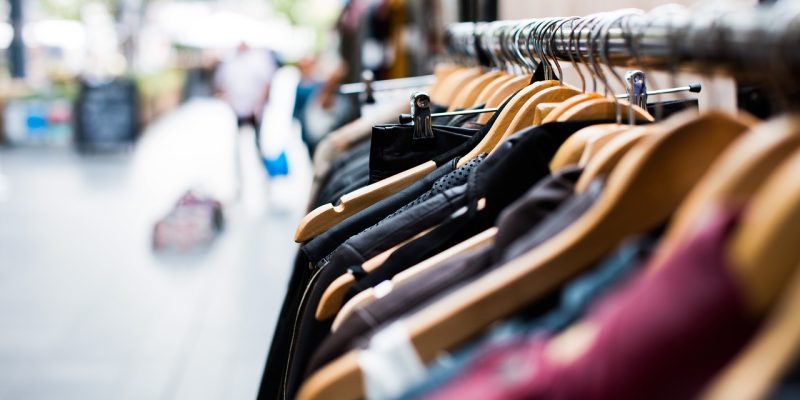


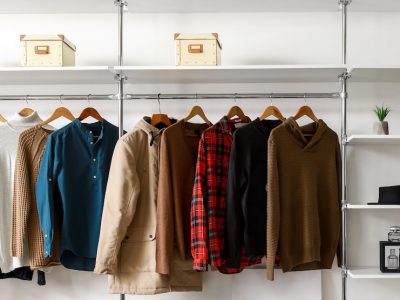
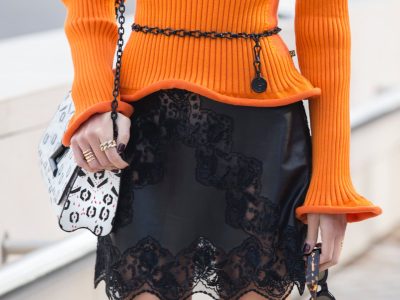
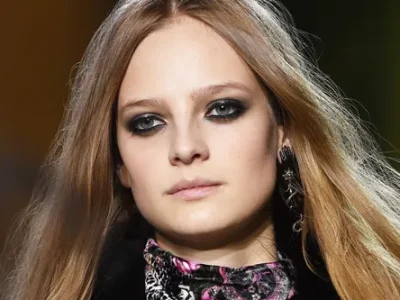
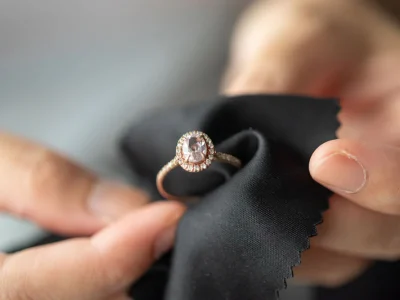





Comments